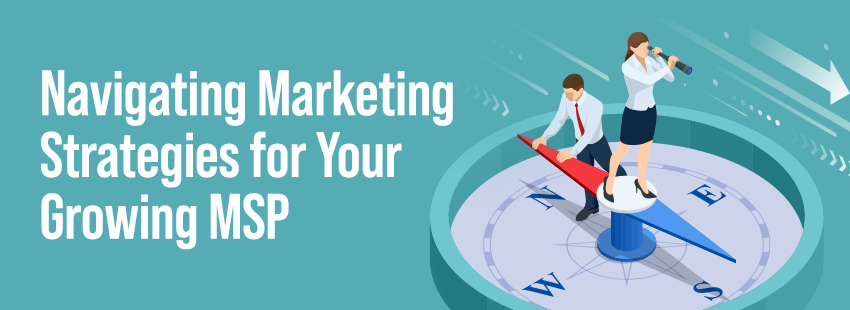Omnichannel Marketing 101: Developing Your Plan
In today’s digital world, where the average U.S. household has more than 11 devices, every business needs to embrace an omnichannel marketing plan.
In this type of plan, an organization, such as a managed services provider (MSP), works to ensure that their buyers receive a consistent experience across all channels they interact with along their buyer’s journey. This includes mobile devices, websites, TV advertisements, brick-and-mortar stores, and more.
The results are clear: Organizations that use omnichannel marketing see higher customer engagement rates and 90 percent higher customer retention rates.
If you’re only beginning your omnichannel marketing journey in 2021, here are some places to start.
What channels are your customers using?
The first step to figuring out what channels you need to align to your new omnichannel marketing strategy is to figure out what channels your customers are using. It will also include understanding a bit more about the customer’s buying journey across the different platforms.
This mix looks different for every business, depending on who their target market is and how they consume media. Once you determine the most used channels and mapped the customer’s journey, you can target your investments at those channels.
Right content for the right channel
Content is king when it comes to any successful marketing campaign, but it needs to also be in the right format for each channel. For instance, photos and video might be great for social media, but you might want to have longer-form text for a blog or newsletter. Some elements of this are trial and error, so make sure to track metrics and adapt accordingly.
Additionally, a mobile-friendly website is critical when customers reach that point in the buying journey. Otherwise, you might miss out on potential sales or leads.
Target your content
As you build out your omnichannel marketing strategy, you’ll inevitably collect more and more data on your target customer base, including previous engagements and purchases, location, and personal characteristics, such as gender or age. You can use this data to hone your content strategy further, targeting custom content at different audiences for optimal impact.
Ongoing testing of your campaigns against different audiences will further ensure you are maximizing the impact of your investment. Try testing other formats or phrasings against various groups, and then carefully measure the results.
Get the right tech
Having the right technology in place makes omnichannel marketing a much less daunting task. This stack may include an updated and targeted website, email marketing software, a CRM tool, and social media management platforms.
Digital channels aren’t going anywhere any time soon. By making the above investment in marketing, you can ensure your organization is prepared for today’s omnichannel world.





